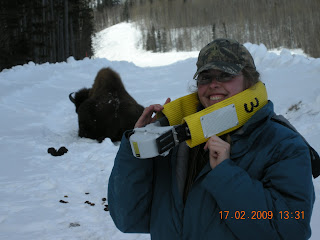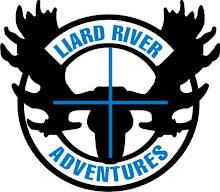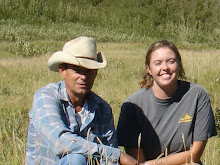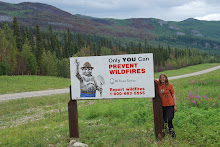 The library. It has bells that chime during the day. It's very lovely when they do.
The library. It has bells that chime during the day. It's very lovely when they do. On my short walk over to Ag. Hall in the "aftermath" of the ice storm and snow.
On my short walk over to Ag. Hall in the "aftermath" of the ice storm and snow.My Canadian blood felt good pumping through my veins as I walked around Stillwater this afternoon with the cool wind on my face and snow under my hoser muck boots. This is weather that I am at ease and familiar with.
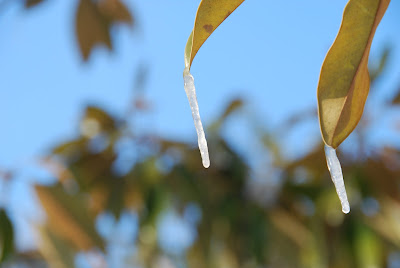
We had a fair amount of ice and then it started to snow but nothing too huge for a north country girl! It is quite relieving to be back in snow and ice. I don't know how folks down here deal with such huge fluctuations in weather. I guess this is what the earth feels during changing climates?!
 Took this right before some nice stranger whacked me with a snowball - they were lucky that I didn't unleash the northern hospitality I contemplated letting out ...!!!
Took this right before some nice stranger whacked me with a snowball - they were lucky that I didn't unleash the northern hospitality I contemplated letting out ...!!!
 Southern snow
Southern snowSchool shut down on thursday but that gave me a lot of time to read and do homework and catch up on Range work back home. It also gave me time to miss home and the familiarities associated with it. I'm getting close to being the longest time away from Canada and although I am surrounded by kindness and generosity, the howling north haunts my dreams at night and rules my thinking during the day.
Things I've discussed and learned about this week include:
*Papers like 'Pleistocene rewilding', 'Biodiversity of Canadian Forests' and 'Biodiversity, Beauty and the Beast' with a takehome message that "what may be beautiful to a person in the street may not be sustainable of the very ecological and social values that they desire for their children's children"(Kimmins, 1999) which makes me question what beauty is and how we connect with it at an ecological level.
*GIS/database: Using ACESS as a database for managing data
*Stats: Completely Randomized Designs and Trend Analysis
*Forestry: the 4 distinct phases of forest regrowth following disturbance (establishment, thinning, transition, steady state)
*Range Ecology: Climate + soils + topography are the primary determinants of vegetation; that root carbohydrate reserves may or may not be as important as previously thought; ecological means driven by ecology or from a perspective of ecology (Sam, a couple days ago) and disturbance us 'any relatively discrete event in time that removes organisms and opens up space which can be colonized by individuals if the same or different species' (Begon et al, 1990).

 Where I ate breakfast/lunch/dinner today! The worst thing about school shutting down is that I lost all the places I eat at except for the 7-11 downstairs and the one place that serves hot food but only pizza, chicken wings, salad and french fries ... the most ironic thing is that I thought that food was going to be the last thing I'd have to think about down here!!!! It's a good lesson also in being thankful for the good quality of food that we have and for the access to it. I will tune down my hatred of the kitchen for a while ... maybe that will last till June!!!
Where I ate breakfast/lunch/dinner today! The worst thing about school shutting down is that I lost all the places I eat at except for the 7-11 downstairs and the one place that serves hot food but only pizza, chicken wings, salad and french fries ... the most ironic thing is that I thought that food was going to be the last thing I'd have to think about down here!!!! It's a good lesson also in being thankful for the good quality of food that we have and for the access to it. I will tune down my hatred of the kitchen for a while ... maybe that will last till June!!!I had a slight scare of deportation this week when Melissa came into my Forestry class and told me that Homeland Security wanted to speak with me!!!! Yikes! We got it all sorted but that sure elevated my heart rate for a while! Deportation would not be a good thing for my educational endeavours!!!!
I think this is very interesting and we should all read through it: http://www.forestethics.ca/downloads/NewClimate_report_FE.pdf





































